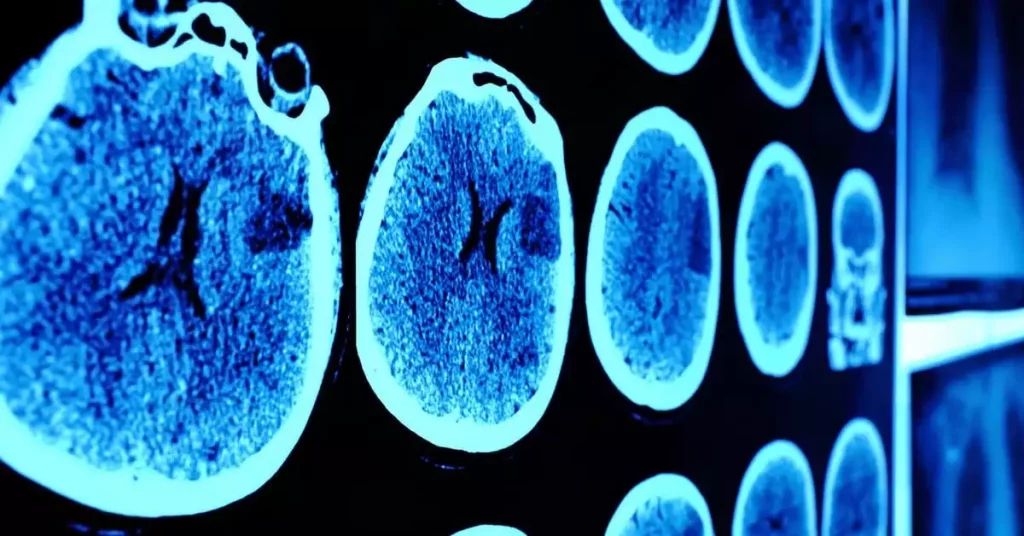What are they?
Preventive medications are taken daily to prevent migraine attacks from occurring. They are not intended for use to treat an acute attack. Many different preventive medications are available, and the choice of medication depends on many factors such as co-existing conditions—including high blood pressure, asthma, diabetes, or pregnancy (among others). Therefore, choosing medications for preventive therapy can be a complex process.
Before starting to take medications, several basic principles need to be considered:
The choice of a preventive medication needs to be tailored to meet each person’s individual needs.
Co-existing medical conditions (such as depression, obesity, anxiety, among others), drug side effects, other medications being taken, and individual patient needs will help determine which medication a physician chooses.
Do you need migraine prevention?
Migraine patients do not want to suffer from an attack, so prevention is important even if they suffer from only one attack a year. Those who suffer from frequent attacks will need more aggressive prevention strategies that sometimes include medication. This decision is made by discussing treatment and management options with your physician. Additionally, nonpharmacological prevention may help if you have:
Disabling attacks despite appropriate acute treatment
Frequent attacks (>1 per week).
Insufficient or no response to acute drug treatment.
Poor tolerance or contraindications for specific acute pharmacological treatments.
History of long-term, frequent, or excessive use of pain medications (analgesics) or acute medications that make headaches worse (or lead to decreased responsiveness to other drug therapies).
Patient preference.
Goals of Preventive Therapy
Migraine prevention is intended to reduce the frequency, suffering and disability associated with migraine attacks. Unfortunately, preventive treatment strategies rarely eliminate migraine, but they can reduce the frequency and severity of attacks.
The ultimate goals of migraine preventive therapy are to:
- Reduce frequency, severity, and duration of attacks.
- Improve responsiveness to treatment of acute attacks
- Reduce level of disability.
- Maintain cost of care for migraine treatments.
- Reduce excessive overuse of acute medications
Which Treatment is right for you?
When deciding on preventive therapies, it is important to review with your doctor several important management principles:
Ask your physician what you can expect from the medication regarding its efficacy. In other words, as “What is the benefit likely to be for me when I take this medication?“
Low doses are used at first and gradually increased to higher doses as needed. Therefore, you may need to increase medication dose until the desired response is achieved.
Lower dosing frequency is often convenient, however, some medications may need to be taken twice or even three or four times a day. Discuss the dosing frequency of the medications and make sure the plan is convenient and easy to follow. Otherwise, you may not take the medication as prescribed and the efficacy benefits may not be achieved.
It may take two to three months before you notice a decrease in the frequency or severity of attacks even after reaching “the beneficial dose.”
Treatment may be required for six to twelve months or longer.
All medications have potential side effects so any unusual symptoms should be reported to your physician. It is important to discuss potential side effects and how they may be avoided or treated if they appear. Different medications have different safety and costs factors and these may play a factor in deciding which medication is right for you.
Side effects can often be limited by using low doses, increasing the dose slowly, or allowing time to adjust to the medication. If you are not tolerating the medication and if you start to have side effects, contact your doctor to discuss changes to the treatment plan.
You should not suddenly stop taking preventive medications because of the risk of rebound headache or other side effects. Preventive medications need to be gradually tapered off after a period of sustained benefit.
Discuss any other possible health condition that may have an influence on your headaches including depression, hypertension, seizures, diabetes, menopause, anxiety, and asthma among others. These illnesses may play an important role in deciding causes of your headaches and choosing treatment.
Types of drug treatments
One drug titrated to the ideal dose (monotherapy).
Two drugs typically from different drug classes used to less than maximal dose, but used to complement each other and reduce the risk of side effects associated with each of the medications given in high doses.
One drug switched for another drug in order to improve tolerance or efficacy.
Three or more drugs in either maximal or submaximal doses, typically added one after another due to inadequate response. Your preferences can strongly influence the selection of this process. This is much like a trial and error process and may take a while before treatment success is identified and the desired efficacy is achieved.
Adding different medications may be a preferred treatment strategy as many patients have migraine in addition to another condition commonly associated with migraine, such as depression, anxiety or obesity.
Recognizing that there may be several medical concerns is the first step to ensuring each condition is treated optimally. Sometimes this is achieved with monotherapy, but often this may require polytherapy.
Commonly used preventive medications
| Type of Medications | Medication Class | Generic Name | Side Effects |
|---|---|---|---|
| Blood pressure medications | Beta-Blockers | Atenolol Metoprolol Nadolol Propranolol Timolol |
Fatigue Depression Nausea Insomnia Dizziness |
| Calcium channel blockers | Verapamil Diltiazem Nimodipine |
Weight gain Constipation Dizziness Low blood pressure |
|
| Antidepressants | Tricyclic antidepressants | Amitriptyline Nortriptyline Imipramine |
Weight gain Dry mouth Sedation Decreased libido (sex drive) |
| Selective Serotonin Reuptake Inhibitors (SSRI/SSNRI) | Fluoxetine Paroxetine Sertraline |
Weight gain or loss Decreased libido |
|
| Anticonvulsants | Divalproex sodium Gabapentin Topiramate |
Weight gain or loss Sedation Skin rash |
|
| Serotonin antagonists | Methysergide Methylergonovine |
Blood vessel spasm Abdominal scarring (very rare) |
|
| Unconventional treatments | Magnesium salts | Magnesium oxide, magnesium diglycinate, magnesium chloride slow release | Diarrhea |
| Vitamins | Riboflavin | Urine discoloration | |
| Herbals | Mig-99 (Feverfew), Petasites | Burping, GI |









































































